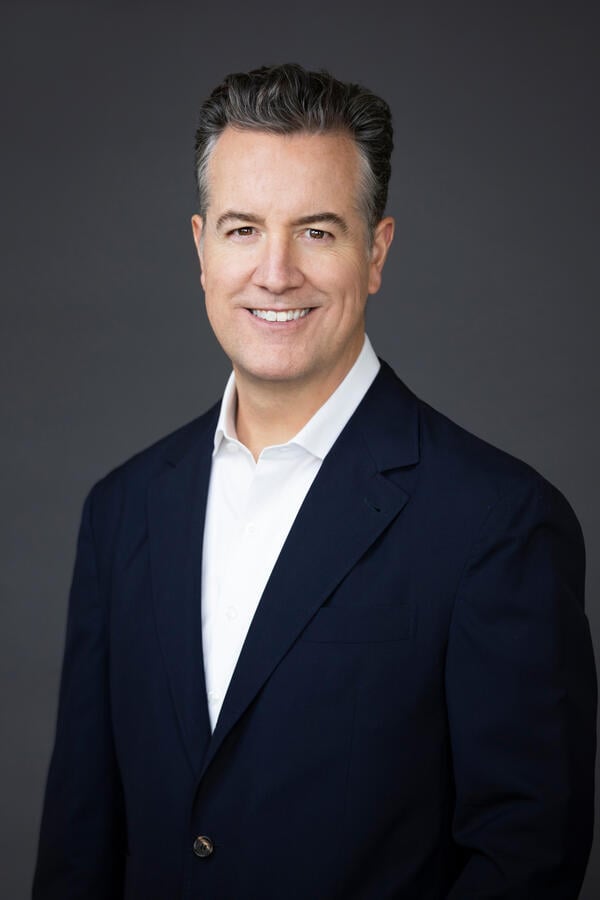Inside Higher Ed
For many institutions of higher education (including the one I work for), Coursera is an important online learning partner. Therefore, it was a big deal when Coursera announced earlier this year that Greg Hart was taking over as CEO from Jeff Maggioncalda. This space seemed like a good place to begin to get to know Greg, and he graciously agreed to answer my questions.
Q: You’ve spent the majority of your career at Amazon, so education is a new space for you. What do you want universities to know about how you’ll approach partnerships, and how will your background influence how you lead Coursera?
A: My background is rooted in building and scaling technology-driven businesses that serve millions of customers. At Amazon, I led the creation and launch of Alexa and later served as the global head of Prime Video. Those roles shaped how I think about innovation, long-term customer value and meaningful experiences at scale. While higher education is a new sector for me, there are clear parallels: At Amazon, we solved enduring customer problems through technology. That same principle applies at Coursera—learners are seeking flexible, high-quality and job-relevant education, often in moments that define the trajectory of their lives. Both our university and industry partners are working with us to meet these evolving needs with world-class learning content, enabled by our platform’s ability to deliver personalized learning experiences at scale.
What makes this work especially meaningful is the higher stakes involved. We’re not just helping people shop or stream content—we’re helping them transform their lives through access to learning. That sense of purpose is what drew me to Coursera. I approach our university partnerships with deep respect for the role higher education plays in society, and I see my responsibility as ensuring Coursera is a trusted, effective and mission-aligned partner for institutions around the world.
Q: Can you update us on Coursera’s business, focusing on the biggest growth drivers and challenges? How confident can universities be in Coursera’s long-term financial resilience as a strategic partner?
A: Coursera is where the world comes to gain new skills and learn from the most trusted institutions. Content is the engine of our business and the foundation of our ecosystem. Today, we partner with more than 350 leading universities and companies, offering job-relevant content across a wide range of domains, including technology, business, AI and data science.
This catalog has attracted more than 175 million learners globally, including more than seven million new registered learners in the first quarter of this year alone. Many learners come to Coursera directly through our platform, while a growing number access content through institutional settings via our enterprise offerings. This entire ecosystem is powered by a unified platform that enables our partners to reach a global audience at scale, leverage data to inform content strategy and skills recommendations and harness advanced AI tools to drive personalized learning and discovery.
Since going public in 2021, we’ve operated as responsible stewards of our capital, balancing disciplined cost management with long-term investments in growing our business and advancing our mission. Coursera is in an extremely stable position financially: We are growing, we generate positive free cash flow, we have a very healthy balance sheet and we have no debt.
In Q1 2025, we delivered $179 million in revenue, up 6 percent year over year on growth in our consumer and enterprise segments and generated over $25 million in free cash flow, marking our strongest quarter of cash performance to date. Based on this strong start, we now expect full-year 2025 revenue to be between $720–730 million, with annual adjusted EBITDA margin improvement of 100 basis points to 7 percent—an outlook that reflects both durable demand and growing operating leverage. As of March 31, 2025, we have approximately $748 million in unrestricted cash and no debt, giving us both the stability and flexibility to invest in platform innovation, expand our content ecosystem and continue supporting our partners and learners around the world.
Q: Given your background in industry, do you see more value in partnerships and content from businesses, like industry microcredentials? How do colleges and degrees factor into your long-term vision?
A: Coursera was founded in 2012 by two Stanford professors, Andrew Ng and Daphne Koller. Universities are, and will continue to be, central to Coursera’s mission and strategy—especially in an era shaped by generative AI, where enduring human skills and trusted credentials are more important than ever. University content is vital not only to degree programs, but also to our offerings for individuals, businesses and governments. Some of our most popular courses are from top university instructors—Jules White of Vanderbilt, Vic Strecher of Michigan, Laurie Santos of Yale and Sydney Finkelstein of Dartmouth.
We do not view degrees and nondegree programs as competing priorities. Rather, we believe in building an interconnected ecosystem that gives learners the flexibility to start with entry-level microcredentials, build towards academic credit and ultimately stack into full degrees. Today, 90-plus entry-level professional certificates are offered by our industry partners, and a third of them carry credit recommendations, making them a natural on-ramp to higher education. Our degree portfolio has expanded to over 50 programs and remains a strategic component of our consumer offering.
Source link
joshua.m.kim@dartmouth.edu
#Questions #Courseras #CEO #Greg #Hart
